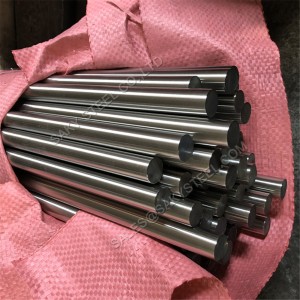Stainless steel is known for its corrosion resistance, but it is not completely immune to rust. Stainless steel can rust under certain conditions, and understanding why this occurs can help prevent and manage rusting.
Stainless steel contains chromium, which forms a thin, passive oxide layer on its surface when exposed to oxygen. This oxide layer, also known as the “passive layer,” provides the corrosion resistance that stainless steel is famous for.
Factors Affecting Rust on Stainless Steel:
Exposure to Chlorides
Mechanical Damage
Lack of Oxygen
Contamination
High Temperatures
Poor Quality Stainless Steel
Harsh Chemical Environments
Types of Stainless Steel Corrosion:
There are different types of stainless steel corrosion. Each of them presents different challenges and requires different handling.
General corrosion – it’s the most predictable and easiest to handle. It’s characterised by a uniform loss of the entire surface.
Galvanic Corrosion – this type of corrosion affects most metal alloys. It refers to a situation where one metal comes into contact with another and causes one or both to react with each other and corrode.
Pitting corrosion – it’s a localised type of corrosion which leaves cavities or holes. It’s prevalent in environments containing chlorides.
Crevice corrosion – also localised corrosion that occurs at the crevice between two joining surfaces. It can happen between two metals or a metal and a non-metal.
Prevent stainless steel from rusting:
Clean stainless steel regularly to remove contaminants and maintain its protective layer.
Avoid exposing stainless steel to chlorides and harsh chemicals.
Protect stainless steel from mechanical damage by using appropriate handling and storage methods.
Ensure proper ventilation in environments where stainless steel is used to maintain oxygen levels.
Choose high-quality stainless steel with the appropriate alloy composition for the intended application.
Post time: Aug-11-2023
